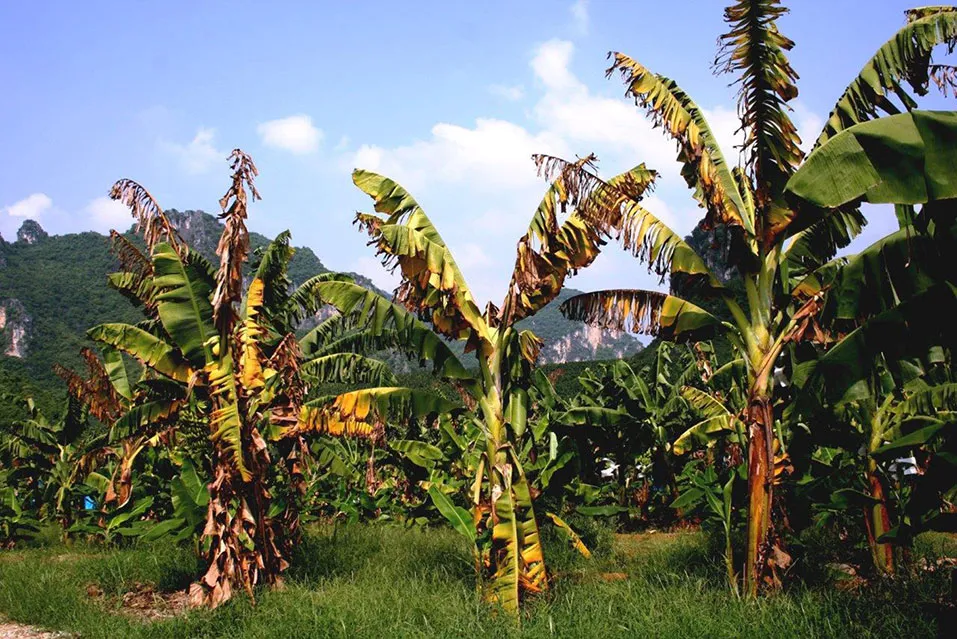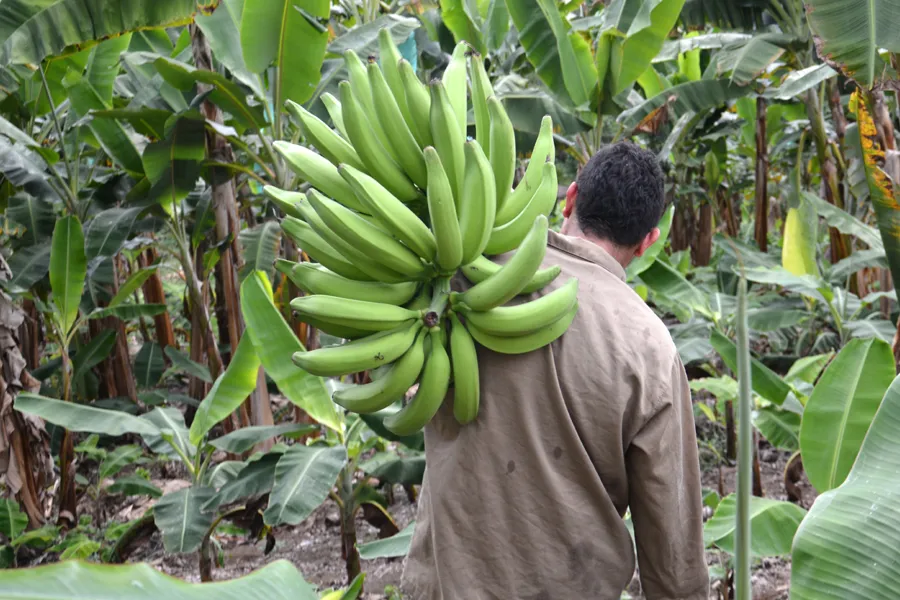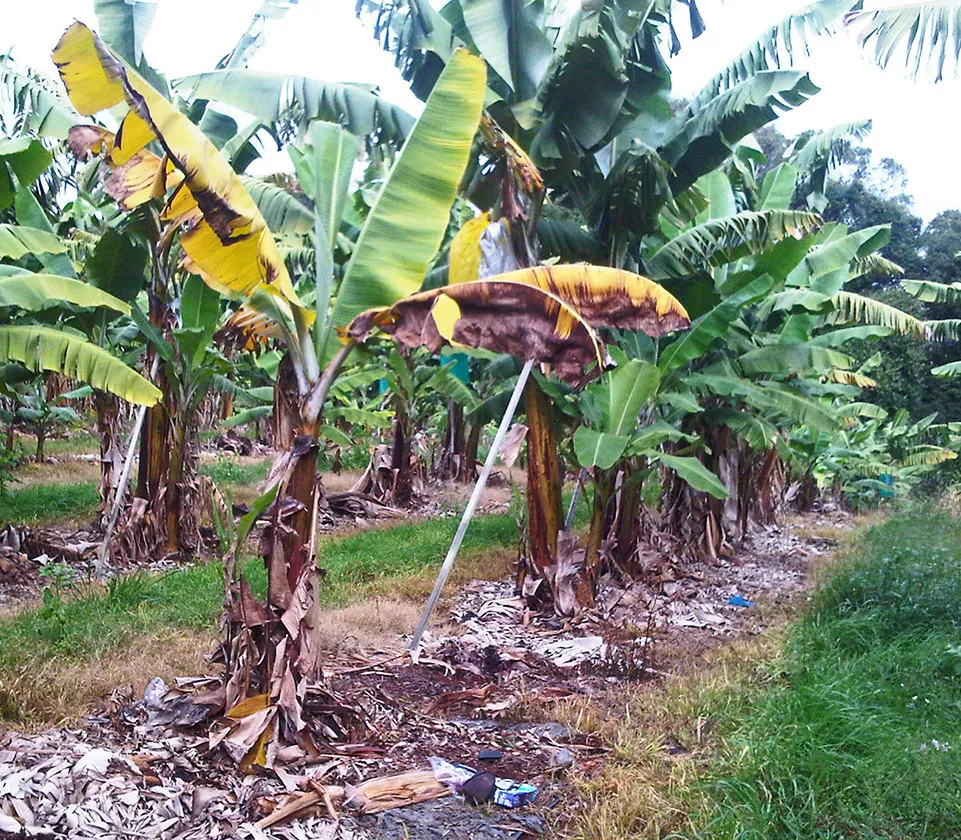The existing light in the tropics is sufficient for the crop, but it is an important factor, among others, for the development of buds or lateral shoots, so short planting distances affect their growth and prolong the vegetative cycle. In their natural habitat, musaceae grow and develop satisfactorily in semi-shade conditions, which protects them from some phytosanitary problems such as sigatoka.



▶ Soil influences banana cultivation through its physical characteristics and the timely and balanced supply of essential mineral elements required for plant metabolism, growth and production.

▶ Credits: academiamag. – [Image of Public Domain]
≕ I invite you to stay tuned and read my next contribution ≔
The soil, as a basic resource of any ecosystem, must fulfill, in addition to its function of support and vital space for plants, certain requirements of a physical and chemical nature that are indispensable for them.
It is important, therefore, to know the physical, chemical and biological properties of the soil, through sampling and analysis of natural fertility, they are the basis of fertilization plans to be applied in the establishment, growth and production phases, which ensures good economic results.
Regarding propagation, banana is reproduced by means of vegetative material called colinos, corms, vines or sons; it is the main way of transmitting desirable genetic characteristics, however, this is also the most efficient method for the dissemination of pests and diseases.

The main pests and diseases that attack musacceae are: the black weevil, screwworm, bacteriosis, moko, among others, which cause the crop to lose profitability and quality, the seed should be selected from a mother plant with good production and health characteristics.
NOTE: Reference material.